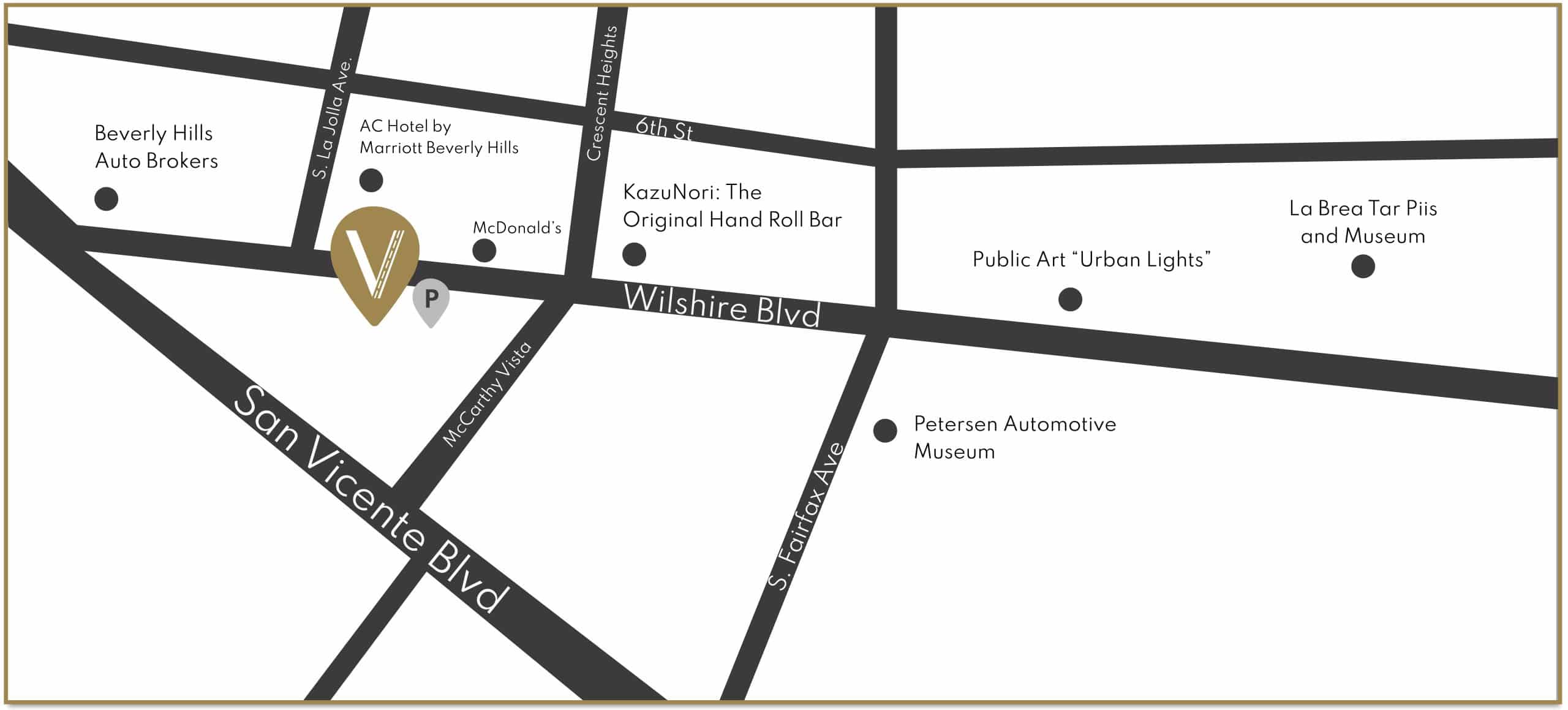Invisalign vs. Braces: Which is the Best Choice for Your Smile?
When it comes to achieving a straighter, more confident smile, you have two primary options: Invisalign or traditional braces. But which one is right for you?
At BLVD Dental Aesthetics, we specialize in helping our Los Angeles patients achieve beautiful, healthy smiles through advanced orthodontic treatments. In this comprehensive guide, we’ll break down the pros and cons of Invisalign and braces so you can make an informed decision.
Understanding Invisalign
What is Invisalign?
Invisalign is a modern orthodontic solution that uses clear, removable aligners to gradually shift your teeth into place. Unlike traditional braces, Invisalign does not use metal brackets or wires. Instead, a series of custom-made aligners gently adjust your teeth over time.
How Does Invisalign Work?
The process begins with a digital scan of your teeth, which is used to create a 3D treatment plan. You’ll receive a set of aligners, and every 1-2 weeks, you’ll switch to a new set, slowly guiding your teeth into the correct position.
Benefits of Invisalign
✅ Virtually Invisible – The clear aligners are barely noticeable, making them an excellent choice for adults and teens who want a discreet treatment.
✅ Removable for Convenience – You can remove your aligners when eating, drinking, brushing, and flossing, making oral hygiene much easier compared to braces.
✅ Comfortable Fit – Without metal brackets or wires, Invisalign reduces irritation and discomfort in your mouth.
✅ Fewer Office Visits – Unlike braces, which require frequent adjustments, Invisalign patients typically visit the dentist every 6–8 weeks for progress checks.
✅ Faster Results – Depending on the complexity of your case, treatment can be completed in as little as 12–18 months.
Who is Invisalign Best For?
- Adults & Teens looking for a subtle way to straighten their teeth
- Patients with mild to moderate orthodontic issues (crowding, gaps, or minor misalignment)
- Those who can commit to wearing aligners 20–22 hours per day for optimal results
Understanding Traditional Braces
What are Braces?
Traditional braces use metal or ceramic brackets that are bonded to your teeth, connected by wires and rubber bands. They work by applying consistent pressure to move teeth into their ideal position over time.
How Do Braces Work?
Braces are adjusted periodically by your dentist or orthodontist to ensure your teeth are shifting correctly. The wires are tightened to gradually guide your teeth into alignment.
Benefits of Braces
✅ Effective for Complex Cases – Braces can correct severe misalignment, bite issues, overcrowding, and jaw problems, making them a powerful orthodontic solution.
✅ No Compliance Required – Unlike Invisalign, which must be worn 22 hours per day, braces stay in place at all times, eliminating the risk of forgetting to wear them.
✅ Customizable Options – Modern braces come in metal, ceramic, and even tooth-colored options, giving patients more aesthetic choices.
✅ More Affordable – In many cases, traditional braces cost less than Invisalign, making them a budget-friendly option for families.
Who Are Braces Best For?
- Patients with moderate to severe orthodontic issues
- Children & teens who may not consistently wear removable aligners
- Those looking for a more affordable treatment option
Invisalign vs. Braces: A Side-by-Side Comparison
| Feature | Invisalign | Braces |
|---|---|---|
| Appearance | Clear & nearly invisible | Visible (metal or ceramic) |
| Comfort | Smooth, no wires | Can cause irritation |
| Removability | Yes, for eating & cleaning | No, stays on teeth |
| Treatment Duration | 12–18 months (on average) | 18–24 months (varies) |
| Effectiveness | Best for mild to moderate cases | Works for all cases, including severe misalignment |
| Oral Hygiene | Easy to brush & floss | Requires special care |
| Compliance | Must wear 20–22 hours/day | No need to remember to wear |
| Cost | Typically higher | More affordable options |
Which Treatment is Right for You?
Now that you understand the key differences between Invisalign and braces, how do you choose the best option?
Choose Invisalign If:
✔️ You want a discreet way to straighten your teeth
✔️ You have mild to moderate alignment issues
✔️ You can commit to wearing aligners 20–22 hours per day
✔️ You prefer fewer dental visits and more flexibility
Choose Braces If:
✔️ You have severe crowding, bite issues, or jaw misalignment
✔️ You don’t want to worry about removable aligners
✔️ You prefer a more cost-effective option
✔️ You are okay with a slightly longer treatment time
At BLVD Dental Aesthetics, we believe that every smile is unique. That’s why we offer personalized consultations to help you determine the best orthodontic solution for your specific needs.
FAQs About Invisalign & Braces
1. Is Invisalign as effective as braces?
For mild to moderate alignment issues, Invisalign can be just as effective as braces. However, for severe cases, traditional braces may provide better control and precision.
2. How much does Invisalign cost compared to braces?
Invisalign typically costs more than traditional braces, but exact pricing varies based on the complexity of your case. Many dental insurance plans cover both treatments.
3. Can I eat anything with Invisalign or braces?
With Invisalign, you can eat anything since the aligners are removable. However, with braces, you’ll need to avoid sticky, hard, or chewy foods that can damage the brackets.
4. Do Invisalign aligners hurt?
Invisalign is generally more comfortable than braces, but you may feel mild pressure when switching to a new set of aligners.
5. How often do I need to visit the dentist?
With Invisalign, visits are typically every 6–8 weeks for progress checks. With braces, you’ll need monthly adjustments.
Book Your Free Consultation at BLVD Dental Aesthetics!
Are you ready to achieve a straight, confident smile? Whether you’re considering Invisalign or traditional braces, our expert team at BLVD Dental Aesthetics in Los Angeles is here to help!




